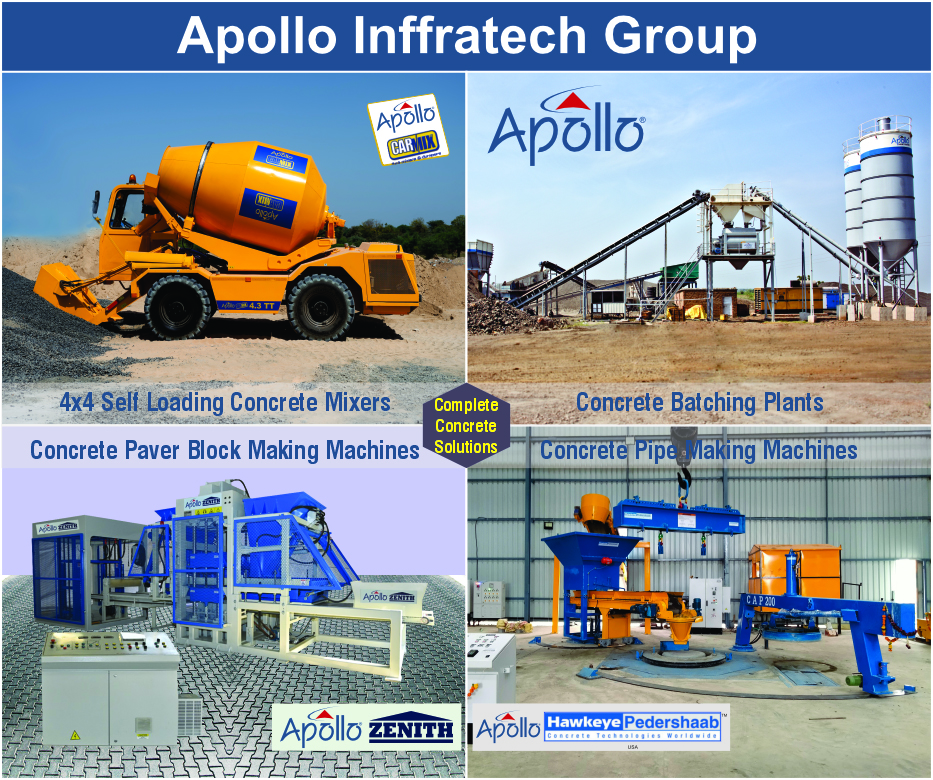Traditionally slow to adopt technology, the construction industry is now embracing digital innovation to navigate increasing complexity and market volatility. A 2023 McKinsey report highlighted financial and cultural barriers—such as slim margins and reliance on paper blueprints—that historically stifled tech investment. But shifting dynamics, including tariffs and labor shortages, have accelerated the demand for smarter solutions.
Companies like Ferrovial Construction and DPR Construction are leading the change by deploying AI, robotics, and digital twins. Ferrovial uses AI to assess contractual risks and forecast costs, while DPR leverages machine learning to predict resource needs and uses robots for on-site layout tasks. “We need certainty in delivery and cost,” said Ignacio Gastón, CEO of Ferrovial Construction. “That can be managed better with the use of technology.”
Digital twins, powered by building information modeling (BIM), are also revolutionizing asset maintenance. Platforms like DPR’s VueOps provide real-time facility insights, enhancing operational efficiency.
With entire departments now dedicated to tech, the industry is undergoing a workforce transformation. “As an industry, we need to attract more technically oriented talent,” Gastón added.
As AI and automation become vital, the construction sector is no longer building on blueprints alone—but on data-driven foresight.










